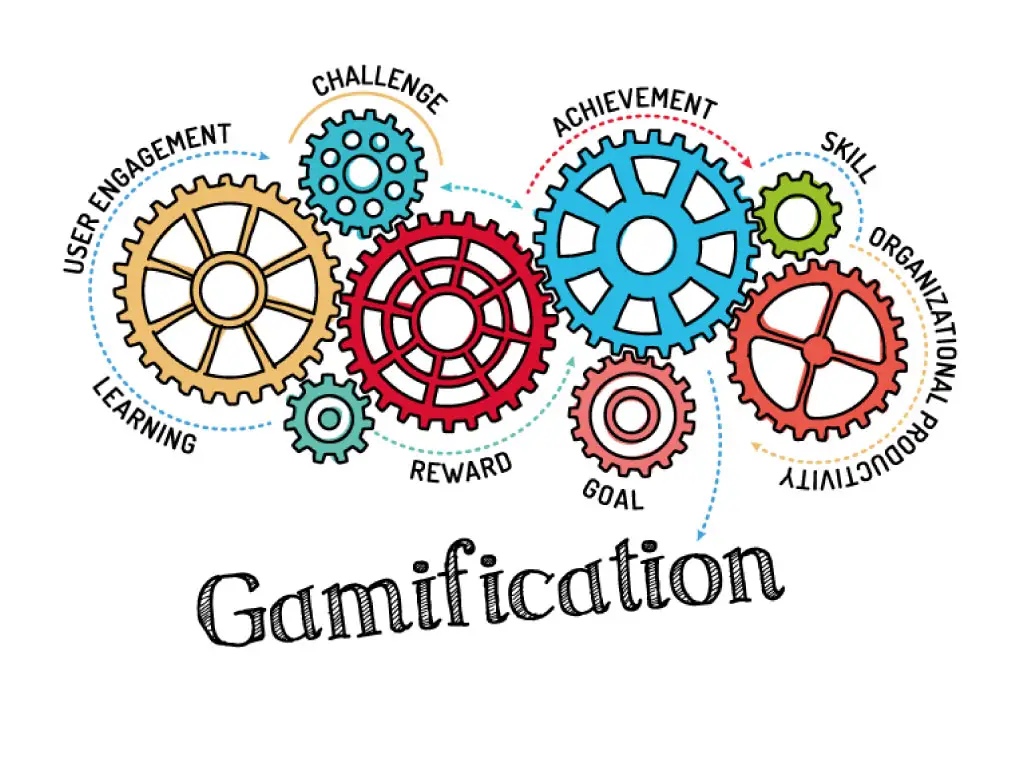Introduction
In the realm of modern workplaces, boosting employee engagement in eLearning has become a pivotal factor in fostering productivity, job satisfaction, and overall organizational success. As companies increasingly adopt eLearning as a cornerstone of their training and development initiatives, the challenge lies in ensuring that employees are not just participating but actively engaged in the learning process.
eLearning allows learners to access educational content anytime and anywhere as it offers flexibility, adaptability, and accessibility. A culture of continuous learning and professional growth can be fostered in an organization by creating an immersive and interactive eLearning experience.
Organizations need to follow certain strategies in boosting employee engagement in eLearning. Creating a bank of eLearning courses or using an established eLearning service provider is the first step to while getting employees on board the eLearning process to foster their career growth.
Customized Content for Role Relevance
The engagement of employees can be increased by providing content that is directly relevant to their roles. An eLearning module that aligns with daily challenges, real-life scenarios and examples from the employees’ roles will get their attention. Additionally, a personalized learning path that aligns with their job responsibilities and career aspirations encourages employees to learn at their own pace based on their preferences.

Interactive Content
Interactive elements such as scenario based simulations, quizzes, and multimedia content make eLearning more dynamic. A mixture of visual, auditory, and kinesthetic elements enhances overall engagement. Interactive modules not only reinforce learning but also provide a more engaging and enjoyable experience.

Gamification and Boosting Employee Engagement in eLearning
Introducing elements like leaderboards, points, and badges creates a competitive spirit among employees. Gamification makes learning more interactive, engaging, and fun. It gives employees the motivation to be engaged in the eLearning process.

Online Discussion Platforms
Initiating different online discussion groups for various subjects empowers employees to ask queries, share insights, and collaborate on projects. A social platform promotes interaction and provides a sense of community increasing employee engagement.

Feedback and Recognition
Creating a feedback system that provides employees with constructive assessment on their progress helps them of their progress. Recognition for achieving milestones serves as a motivation for employees to actively be engaged in eLearning.

Accessible Learning Modules
Providing employees the flexibility to access learning modules across various devices gives them the advantage to learn at their own convenience. Following this method makes the employees feel that their various work arrangements and diverse schedules are addressed by the module design.

Continuous Learning Culture
Organizations should develop an environment for learning by integrating learning into the daily workflow. A learning culture, providing employees with resources for continuous learning and development makes them seek knowledge and keeps them engaged in eLearning, ultimately helping them move up the career ladder.

Conclusion
eLearning is a powerful tool for both individual growth and organizational success. Boosting employee engagement in eLearning is a multifaceted endeavor that requires a strategic and people centric approach. By embracing personalized learning, interactive content, and a culture of continuous improvement, organizations can not only enhance employee engagement but also foster a workforce that is adaptable, skilled, and ready to tackle the challenges of the future.



